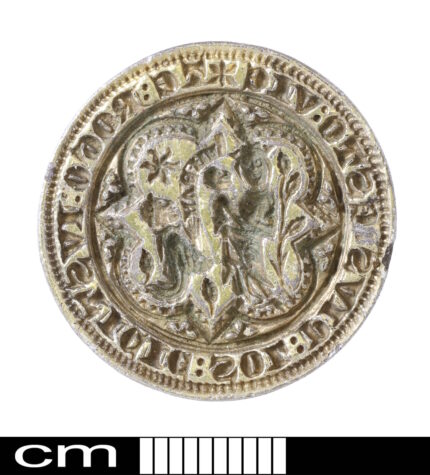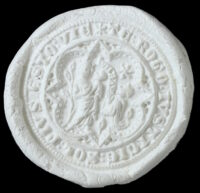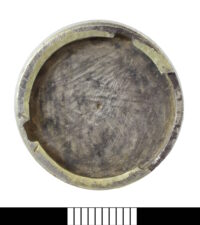Unique medieval seal matrix found in Norfolk

The circular seal is .9 inches in diameter and the central motif is a crowned Virgin Mary holding the Christ Child. A monk on his knees prays to her right. A scroll running upwards from the tips of his joined hands reads AVE * MA (Hail Mary). The scene is set in a quatrefoil frame. Set in a beaded circular border around the edge of the die is an inscription in medieval Latin that reads TE: ROGO: IVSTICIE: SOL: PIVS: ESTO: VIE. That translates to “I beseech thee, holy sun of righteousness, be the way.” This inscription has never been found before on any other seals or objects.
Dr Geake, Norfolk’s find liaison officer, said: “It’s completely unique, we don’t have anything to compare with this inscription.
“The ‘sun of righteousness’, appears in the Old Testament, towards the end of a set of prophecies, and became a relatively common way of referring to Jesus Christ in the Middle Ages.”

[Dr Geake] believes it must have been owned by a monk and he would have exchanged the die with others, one of which was personal and another to reflect his official role in the monastery.
“It’s unique in two different ways – it’s interchangeable and it has this little, private prayer,” Dr Geake said.
“It’s a window into someone’s personal, emotional or spiritual world in the years before the Black Death.”
* This article was originally published here
Tag:









No comments:
Post a Comment